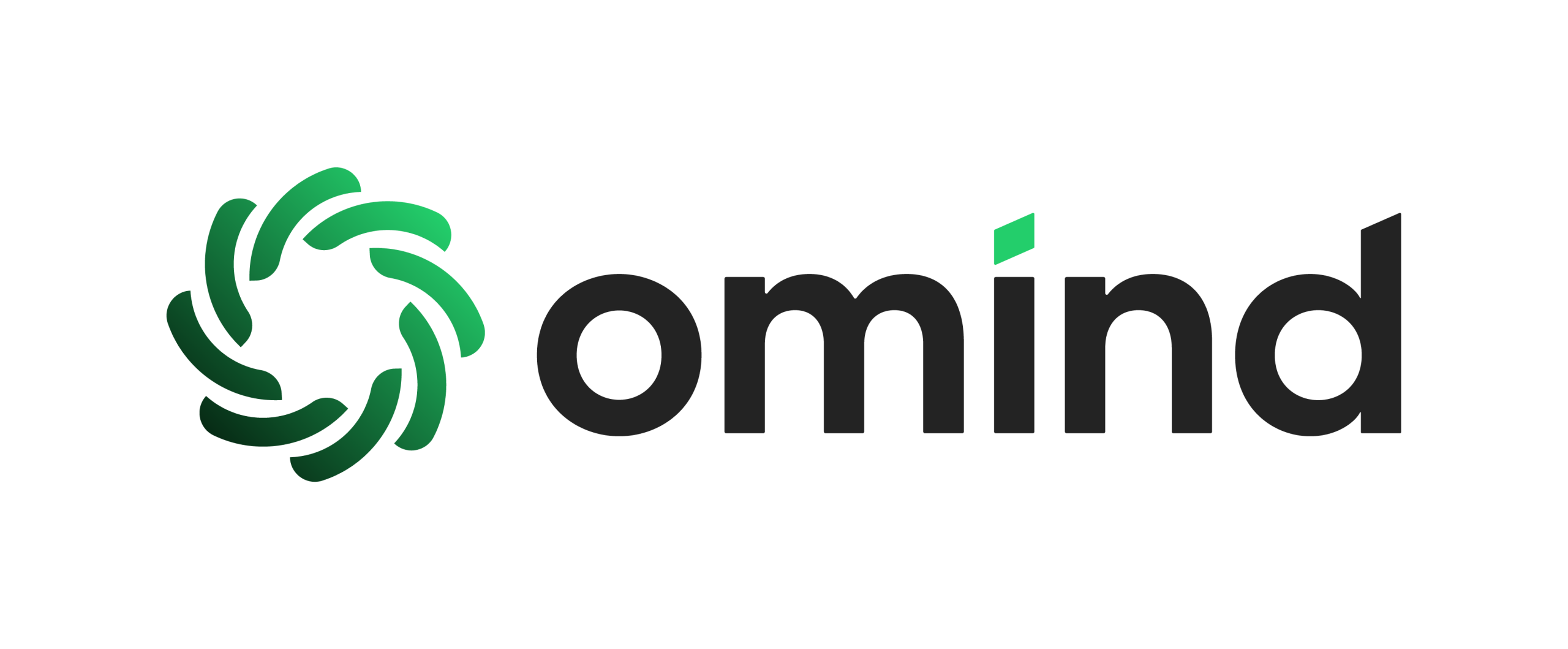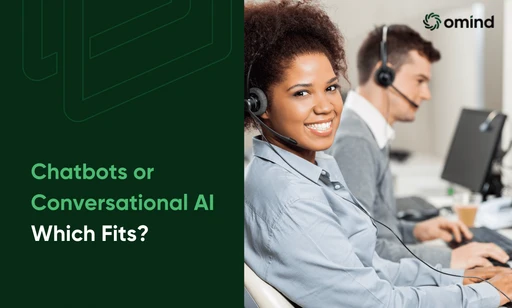Chatbots and Conversational AI are often used interchangeably, but they have distinct differences and capabilities. In this section, we will explore the fundamentals of each technology and their common use-cases to better understand where they diverge and how each can be leveraged effectively.
Defining Chatbots: What They Are and How They Work
Chatbots are computer programs designed to mimic human conversations and automate communication tasks. They typically follow predefined rules and use scripted responses to interact with users. Chatbots are widely used for tasks such as answering frequently asked questions, scheduling appointments, and collecting feedback.
Discovering Conversational AI: Components and Principles
Conversational AI, on the other hand, is the broader term for any technology that enables computers to mimic human interactions. It encompasses natural language processing, machine learning, and contextual awareness to create genuine human-like experiences. Conversational AI is more suitable for businesses that need a more sophisticated and comprehensive approach to customer interactions, such as lead generation, sales conversion, or customer retention.
Differences between Chatbots and Conversational AI: Going Beyond the Basics
Chatbots follow strict rules and have limited understanding of user intent, while conversational AI uses advanced natural language processing and machine learning to grasp user intent and context. This results in a more interactive, personalized, and human-like experience for customers.
Common Use-Cases and Applications of Both Technologies
Chatbots are typically used for tasks such as answering frequently asked questions, scheduling appointments, and collecting feedback. Conversational AI, however, can handle a wider range of tasks and be applied to a broader set of applications, such as lead generation, sales conversion, and customer retention.
Benefits and Limitations of Chatbots
Chatbots provide several advantages for businesses, including:
- Basic support and quick response times
- Automation of repetitive tasks, leading to operational efficiency
- Reduced response times and improved customer satisfaction
However, chatbots have some limitations, such as:
- Struggling with understanding complex intents and providing contextually relevant responses
- Requiring manual updates to accommodate new scenarios or user interactions
- Lacking learning capabilities and being limited to predefined rules set by developers
Read also: Chatbots vs. Virtual Assistants
Real-world Examples of Effective Chatbot Implementation

Despite their limitations, chatbots have been successfully implemented in various industries, such as:
- E-commerce and banking
- Healthcare, where they assist in appointment scheduling, symptom assessment, and providing medical information
Is a Chatbot the Right Choice for Your Business? Key Considerations
When deciding whether a chatbot is the right choice for your business, consider the following factors:
- The complexity of your use case and whether a chatbot can adequately address it
- The need for scalability and adaptability in handling customer queries and interactions
- The potential benefits of using a chatbot, such as operational efficiency and improved customer satisfaction
The Pros and Cons of Conversational AI
The Business Impact of Adopting Conversational AI
- Cost optimization: Conversational AI can automate customer service, allowing agents to focus on complex queries that require human intervention, leading to cost savings in the long run.
- Personalized experience: Conversational AI can understand informal language, regionalisms, and user preferences, providing a more tailored and empathetic interaction.
- Scalability: Conversational AI can handle multiple customer interactions simultaneously, improving customer satisfaction and increasing sales.
Overcoming Challenges in Implementing Conversational AI and Chatbots
- Complexity: Implementing conversational AI requires advanced natural language processing, machine learning, and contextual awareness, which can be more complex than traditional chatbots.
- Continuous improvement: Conversational AI systems need to be updated and trained regularly to adapt to user preferences and provide accurate responses.
- Initial investment: Adopting conversational AI may require a higher initial investment compared to traditional chatbots, but the long-term benefits can outweigh the costs.
Is Conversational AI Right for Your Business?
- If your business requires advanced interactions, understanding of complex intents, and contextual awareness, conversational AI would be a better fit than traditional chatbots.
- For simpler use cases, traditional chatbots may still be sufficient, but it’s essential to consider the limitations and potential drawbacks of outdated technology.
Comparing the Cost and ROI of Chatbots and Conversational AI
- Evaluating Costs: Chatbots and Conversational AI
- Chatbots, being rule-based and simpler, are generally more cost-effective to set up and maintain.
- On the other hand, conversational AI, with its advanced capabilities and machine learning algorithms, might involve a higher initial investment but can offer long-term cost-effectiveness through improved customer experiences and operational efficiency.
- Tracking ROI for Chatbots and Conversational AI
- Several metrics can be used to measure ROI, including cost savings, increased customer satisfaction, and improved employee productivity. Cost savings are a significant driver of ROI in chatbot implementations, as automating routine tasks reduces the workload on human agents and enables them to focus on more complex activities. To calculate chatbot ROI, you can use the formula: ROI = Net Return / Cost of Investment × 100; where Net return can be the cost savings as well.
- Cost-Effective Uses for Chatbots and Conversational AI
- Chatbots can be used for tasks like answering frequently asked questions, handling a higher volume of inquiries, and automating routine tasks. Conversational AI, with its ability to understand context, intent, and provide personalized responses, can be used for more complex tasks like offering personalized recommendations and seamless customer support experiences.
- Weighing Costs and ROI for an Informed Decision
- Assessing your technical resources and long-term goals is crucial for choosing between chatbots and conversational AI. If your business has limited expertise or resources, a chatbot’s ease of deployment and maintenance could be advantageous. However, if you have the capacity for more complex integration and development, conversational AI may be worth considering for its dynamic, non-linear interactions and ability to integrate with existing databases
Incorporating Chatbots and Conversational AI into Your Business
- Starting Out: Formulating the Plan and Strategy
- Before integrating chatbots or conversational AI into your business, it’s crucial to understand the differences between the two technologies. Chatbots are computer programs that mimic human conversations, while conversational AI is the technology that powers chatbots and makes them more “human”. Consider the level of complexity, personalization, and integration required for your customer interactions when deciding between chatbots and conversational AI.
- Tactics for a Smooth Integration
- When implementing chatbots or conversational AI, ensure seamless integration with your existing systems and platforms. This may involve integrating the technology with your CRM, customer support software, or e-commerce platform. Test the integration thoroughly to ensure a smooth experience for customers at various touchpoints.
- Managing Updates and Upgrades in Your Technology
- Once you’ve integrated chatbots or conversational AI into your business, continuously monitor their performance and make necessary updates and upgrades. This may involve fine-tuning the technology to better understand user intent, improve natural language processing, or enhance machine learning capabilities.
- Managing Risk: Security and Compliance Considerations in Deployment
- When integrating chatbots or conversational AI, prioritize security and compliance. Ensure that the technology adheres to data protection regulations and industry-specific requirements. Implement robust security measures to protect customer data and prevent unauthorized access or breaches.
Conclusion
Throughout this comprehensive guide, we’ve journeyed through the intricate world of Chatbots and Conversational AI. From understanding the fundamentals of each technology, diving into their distinct uses, benefits, limitations, to recognizing their critical role in shaping the customer’s journey, we’ve dissected it all.
Immersing deeper into your business’ specific needs, the offerings provided by Omind.ai are designed to customize the business, customer, or employee experience. Whether it’s choosing between the simplicity of chatbots or the advanced capabilities of Conversational AI, provides an accomplished suite of expertise to elevate your customer interactions.
Now is the time to embrace these intelligent conversational tools and allow Omind.ai to guide you on this transforming enterprise journey towards efficiency and productivity


